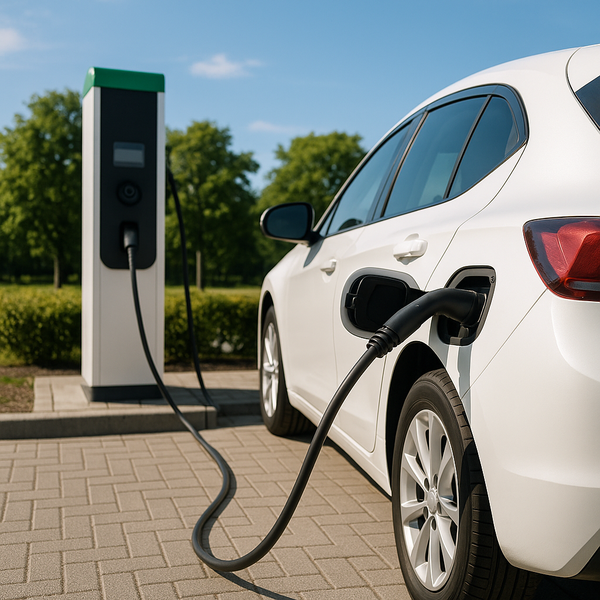
Navigating the world of electric vehicle (EV) charging stations can be daunting, especially as the technology continues to evolve. This guide aims to simplify the understanding of EV charging, helping you make informed decisions about your charging needs.
Types of EV Charging Stations
EV charging stations are broadly categorized into three types: Level 1, Level 2, and Level 3, or DC Fast Charging. Level 1 chargers are the slowest, using regular household outlets, whereas Level 3 chargers are the fastest, typically found along highways.
Home vs. Public Charging
While having a home charger offers convenience, access to public charging stations remains crucial for long trips. Public charging stations are increasingly available at shopping centers, workplaces, and highways, providing flexibility and ease of access for EV owners.
Finding Charging Stations
Numerous apps and online maps can help locate nearby charging stations. Apps like PlugShare and ChargePoint allow you to find stations based on your preferences and even track your charging history and costs.
Cost of Charging
The cost of charging an EV varies widely depending on factors such as electricity rates, the type of charger, and location. Many public charging stations offer pay-per-use options, while some provide subscription plans for frequent users.
Planning Your Route
Before embarking on a long journey, plan your route by identifying potential charging stops. This ensures that you don’t run out of charge while traveling between cities.
Future of EV Charging
The future promises innovations such as wireless charging and the integration of renewable energy sources into charging networks, further enhancing the sustainability and convenience of EV usage.
As electric vehicles become more mainstream, understanding the intricacies of EV charging stations will empower you to make the most out of your vehicle. Stay informed, and your EV experience will be efficient and enjoyable.

